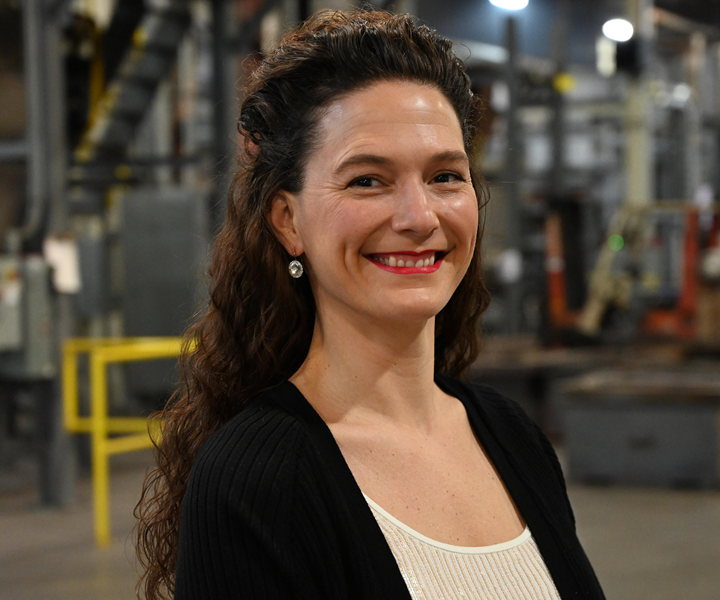Susan Barnatowicz Joins Gannon & Scott
R.I.-based precious metal reclamation company Gannon & Scott has announced that Susan Barnatowicz has joined its customer service team.

Susan Barnatowicz joins Gannon & Scott.
Precious metal reclamation and recovery company Gannon & Scott (Cranston, R.I.) has announced that Susan Barnatowicz has joined its customer service team. A former program director and teacher at East Greenwich’s Aim High Academy, Susan Barnatowicz has more than a decade of experience in demanding, multifunctional job roles. A Rhode Island native, Barnatowicz grew up in Warwick and received a business degree from St. Anselm College in Manchester, New Hampshire.
“It’s wonderful to be working at a family-oriented company with a very welcoming atmosphere and hard-working people,” Barnatowicz says.
Gannon & Scott says Barnatowicz’s strengths in multi-tasking and time management are key to supporting the company’s clients as well as its sales team.
“We’re so happy to have Susan join us. Her upbeat personality will be the first thing our customers won’t be able to help but notice,” says Joseph Peixoto, CEO of Gannon & Scott. “We’re looking forward to what the future brings with Susan on the team.”
Gannon & Scott serves customers across North America, processing, assaying and recovering precious metals from a range of spent materials at its facilities in Phoenix, Arizona, and Cranston, Rhode Island.
Visit gannon-scott.com.
Related Content
-
NASF/AESF Foundation Research Project #122: Electrochemical Approaches to Treatment of PFAS in Plating Wastewater - 10th Quarterly Report
The NASF-AESF Foundation Research Board selected a project addressing the problem of PFAS and related chemicals in plating wastewater streams. This report covers the 10th quarter of work (April-June 2023). Here, we examine the effect of surface fluorination of Ti4O7 anodes on PFAS degradation performance in terms of energy performance as well as formation of chlorate and perchlorate when chloride is present in the solution. The full paper on this work can be accessed and printed at short.pfonline.com/NASF24Feb2.
-
NASF/AESF Foundation Research Project #120: Electrochemical Destruction of Perfluorooctanesulfonate in Electroplating Wastewaters - April 2022-March 2023
This NASF-AESF Foundation research project report covers project work from April 2022 to March 2023 at the University of Illinois at Chicago. The overall objective of this work is to utilize a cost-effective reactive electrochemical membrane (REM) for the removal of PFAS from synthetic electroplating wastewater. Initial results for the oxidation of PFOA with three different catalysts are discussed.
-
Top 5 Areas to Consider Automation of Plating Operations
Automation for finishing operations can lead to improvements in process time, repeatability and consistency of quality. Yet, processes that make sense to explore for these operational efficiencies may not always be readily apparent.












.jpg;maxWidth=300;quality=90)



